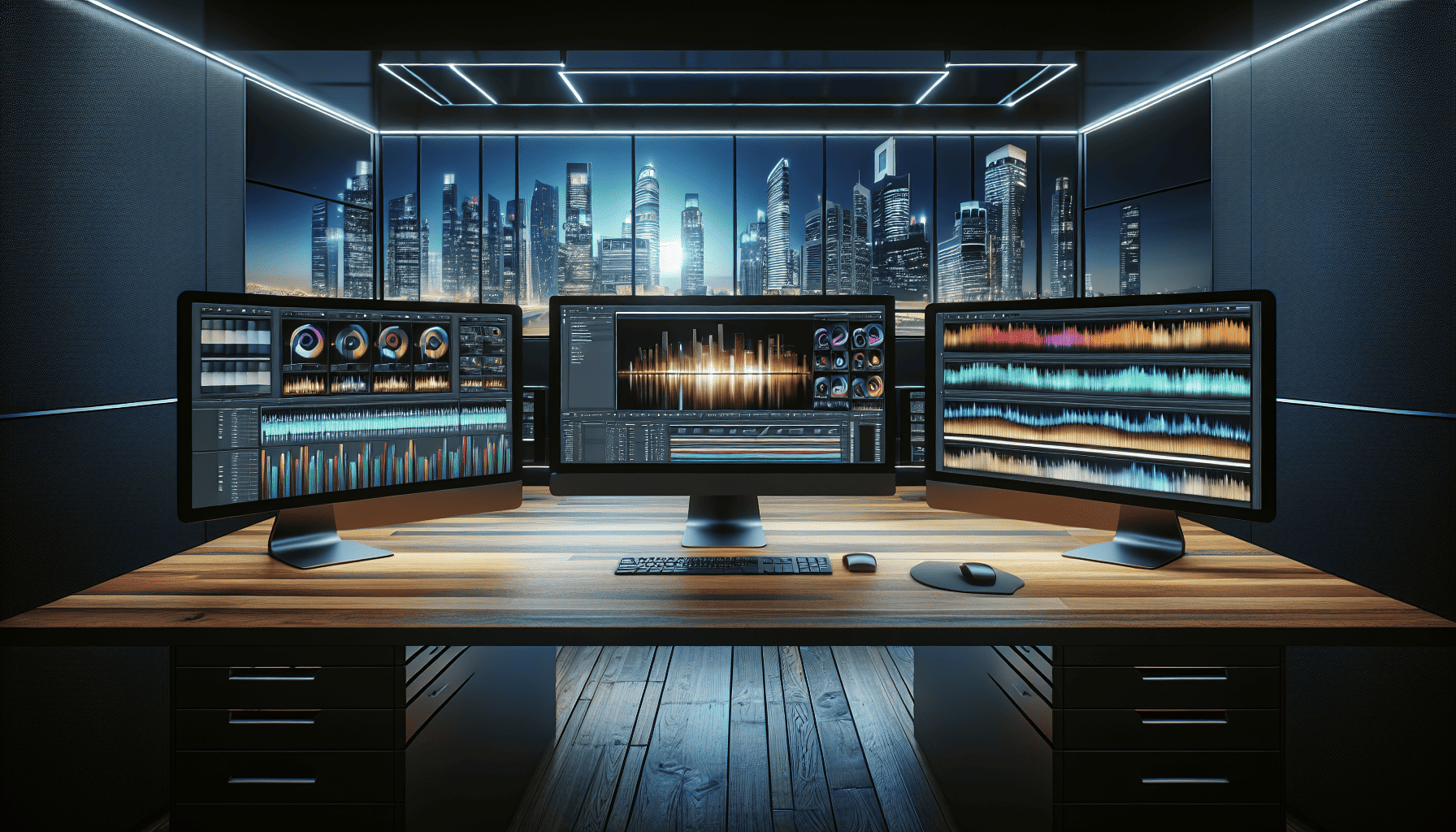In today's rapidly evolving digital landscape, the demand for high-quality media content is greater than ever. Whether you are a professional filmmaker, a social media influencer, or a hobbyist photographer, the tools you use to edit and enhance your media can significantly impact your work's final outcome. Fortunately, the latest advancements in editing technology provide a plethora of options to refine, polish, and perfect your creative projects with ease and precision.
The modern editing tools available today are not just about cutting and trimming videos or adjusting colors in photographs. They offer a comprehensive suite of features that allow creatives to unleash their imagination and realize their vision. From sophisticated AI-driven functionalities to customizable interfaces, these tools empower users at every stage of their projects.
One of the most remarkable advancements in editing technology is the integration of artificial intelligence. AI-powered features have transformed the editing process, making it more intuitive and efficient. For instance, AI can automatically analyze footage and suggest optimal cuts, transitions, or effects based on the mood and style of your project. This not only saves time but also opens up new possibilities for creativity as editors explore suggestions they might not have considered on their own.
Moreover, modern editing platforms offer enhanced collaboration features. With cloud-based systems, multiple team members can work on the same project simultaneously, ensuring seamless communication and a cohesive final product. This is particularly beneficial for large projects or teams spread across different locations. Collaborative workflows, real-time feedback, and shared asset libraries streamline the production process, making it more efficient than ever.
Customization is another key feature of advanced editing tools. Users can tailor their editing experience to suit their specific needs and preferences. Whether it's through customizable keyboard shortcuts or personalized workspace layouts, these tools ensure that editors maintain their creative flow without being hindered by rigid software constraints. Furthermore, plugins and add-ons allow for endless possibilities, expanding the functionality of your editing environment to include specialized effects, transitions, and enhancements.
The rise of immersive content, such as virtual reality (VR) and augmented reality (AR), also demands more sophisticated editing tools. Today's state-of-the-art platforms support 360-degree video editing, offering intuitive controls for navigating and manipulating immersive media. This ensures that content creators can produce engaging and interactive experiences, bringing audiences into the narrative like never before.
Advanced editing tools are not limited to video and photo editing; they extend to audio as well. Powerful audio-editing capabilities allow creators to manipulate sound with incredible detail, ensuring the final audio complements the visual storytelling. With features like noise reduction, equalization, and spatial audio, editors can craft immersive soundscapes that enhance the viewer's experience.
In conclusion, the advanced editing tools available today have revolutionized the way we approach media projects. They empower creators to push their boundaries, streamline their workflows, and deliver content that captivates and engages audiences. As technology continues to evolve, we can anticipate even more innovative features that will shape the future of media editing, allowing creatives to realize their full potential.
